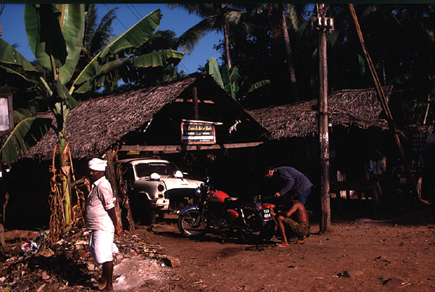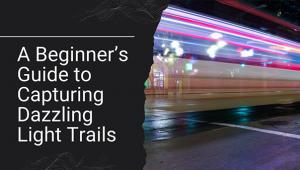Motorbikes, Trains, And Automobiles
Advice For (Photo) Road Warriors
Photos © 2004, Roger W. Hicks, All Rights Reserved
We fly less than we used to. Terrorists don't worry us: realistically,
flying is still far safer than driving. But we don't like the hassle,
three-hour check-ins, restricted carryons, frequent x-rays, and endless security
checks. In that sense, the terrorists have made us (and many other people) change
our behavior significantly. We still travel and take pictures--we just
don't go by air.
Sometimes we have to, of course. Driving to India from France (where we live)
would be hard work. Driving to the US would be even worse. Sea travel is slow
and expensive. But wherever we can, we ride a motorcycle; or drive; or take
a train. Let's consider these in reverse order.
 |
|
|
Train travel is much like flying, though generally more comfortable, with
more room. It can even be quicker for journeys of 200 or 300 miles. The train
goes slower, but you go from city center to city center instead of airport to
airport. There's no long taxi or bus ride each end, and check-in times
are far shorter.
Today's American passenger network is skimpy and slow, but next time you
plan a European or Asian trip, think hard about trains. In addition to the advantages
mentioned earlier, you get to see the countryside. India from a train window
is pure magic, especially in the early morning, though last time we took the
Ost-West Express (Berlin-Moscow) the windows were so filthy we couldn't
see much. Admittedly that was some years ago.
There are usually few or no luggage restrictions on trains but you still need
to remember that sooner or later, you are likely to have to carry your luggage.
Porters are rare or nonexistent in many countries, though still common in India.
Do not overburden yourself simply because there are no size or weight restrictions.
 |
|
|
You also need to take precautions against theft. Thieves love railroad stations,
where security and policing are far more lax than at airports, so keep a firm
grip on your camera bag, especially when assisted by "helpful" passers-by.
I learned this lesson over 20 years ago at Old Delhi railway station. The carriage
lights were mysteriously out. So, I discovered later, was my camera bag. In
a sleeper, if you can't lock the door convincingly, put one arm through
the camera bag strap and use it as a pillow. Run a bicycle cable lock through
the handles and straps of all your bags.
It's easier to keep track of three pieces of luggage than five, and besides,
three big pieces are easier to carry but harder to steal. Our suggestion: buy
a Porter Case. This doubles as a luggage trolley and can carry ridiculous weights.
Ours goes all over the world with us. Except on steps or escalators or very
rough surfaces (including some Third-World sidewalks) it is pure magic.
Our luggage normally travels with us in our Land Rover, too: a 1972 short wheelbase
station wagon. Many people will tell you that you can't drive long distances
in an old Land Rover, but they are wrong. The high and mighty seating position
means that you get to see a lot of the country you are traveling through, and
a realistic cruising speed limited to the old "double nickel" (about
90 km/h) means you have time to enjoy the scenery.
 |
|
|
You can also shoot from the roof-mounted luggage rack (there's an access
ladder at the back). With a normal tripod this gives a viewpoint over 11 ft
(3.4 m) above the ground. And you can go off-road. A 2000-mile round trip to
Spain and Portugal in 2003 revealed that the only real disadvantage, apart from
the fuel and oil consumption, was getting into car parks with height limits
below 2 meters (6 ft, 7").
- Log in or register to post comments

















































